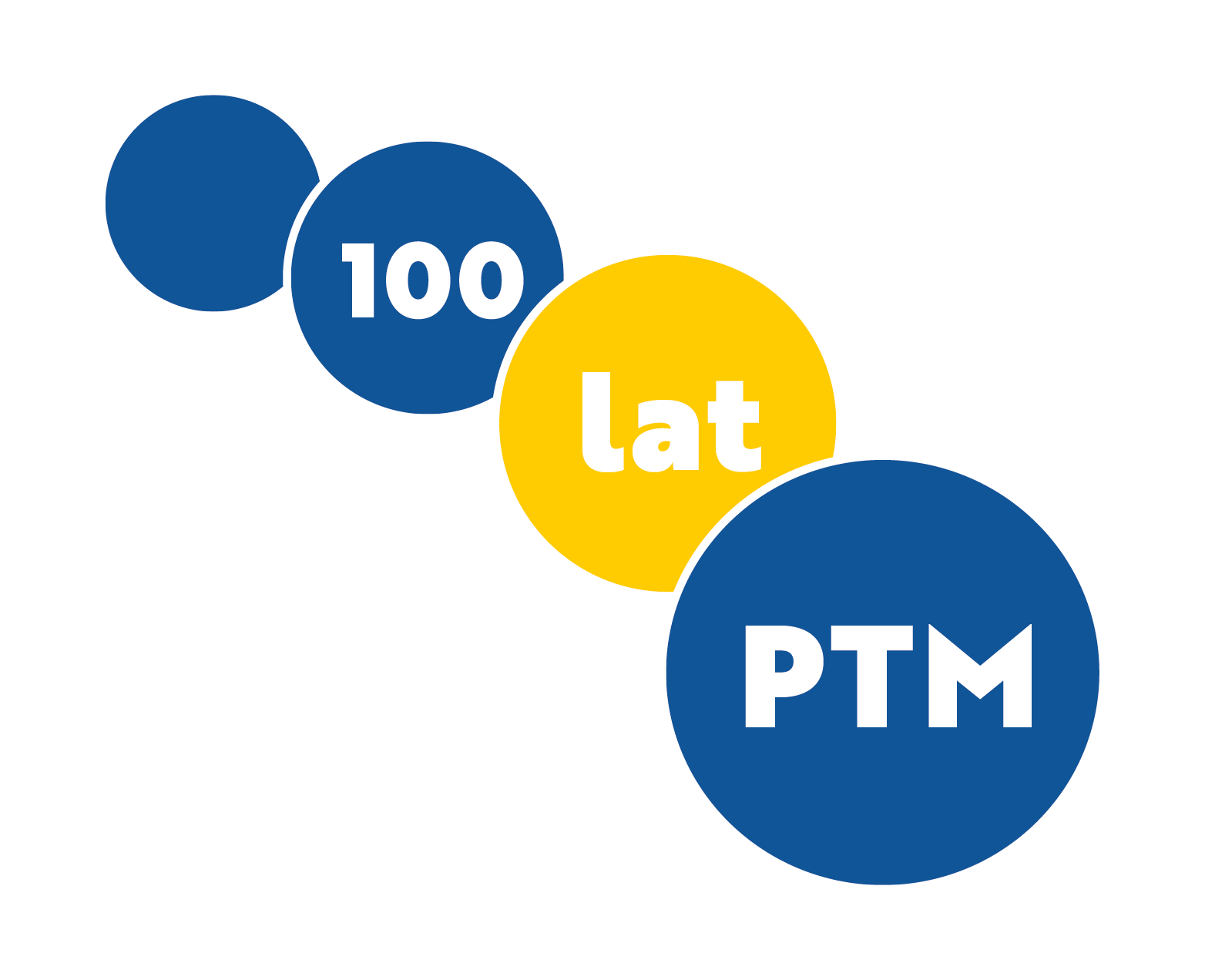Formy i liczby Exhibition
Although mathematics and art seem to be distant nowadays, until the 18th century the knowledge of perspective, Tales’ theorem and similarity of shapes were essential in the work of every painter. Artists like Leonardo da Vinci, Piero della Francesca and Jan Ziarnko, a Polish printmaker who worked in Paris in the 17th century, the author of the first written treatise on anamorphosis (1619), have mastered them perfectly. On the 17th century post-mortem portrait of the Italian painter Federico Zuccaro, apart from the attributes typical for his profession, a plaque with geometric shapes was shown as well. At the beginning of the 20th century, while passionately protecting the cubism in Les Peintres Cubistes (1931), Apollinaire had written
Geometry is to the plastic arts what grammar is to the art of a writer.
Mathematics have been, and still is, considered the language of describing, taming and subjugating reality. It is mathematics that both makes up this language and is used to study its rules. The work of a mathematician is creative and it is sometimes so fascinating, that the scientist gives in to the temptation of forming a new abstract alphabet and its guidelines for the pure satisfaction that comes from the creation, without consulting any sources, without practical verification, without any specific need and use: mathematics for the sake of mathematics.
The adventure of discovery, the search for something new, describing the world with equations, figures and formulas is a captivating one. Artists also give in to this fascination: they aim to portray the mathematical aspects of reality, logic and geometry in the world that surrounds us, showing the interception of mathematics and the real world.
These interests could be seen in the artistic works exhibited during the three previous Formy i liczby (Forms and numbers) exhibitions. They were shown in Galeria Pryzmat of the Kraków branch of the Association of Polish Artists and Designers in the years 2012, 2014 and 2016. During the exhibition organized for the 100th anniversary of the Polish Mathematical Society, which will take part during the Jubilee Congress for the 100 th Anniversary of the Polish Mathematical Society, works related to various geometric forms, reflecting the search for symmetry and mathematical proportions in nature, portraying the discovery and infatuation with the symbolism of figures and numbers and works created using algorithmic procedures will be shown as well.
Robert Wolak


